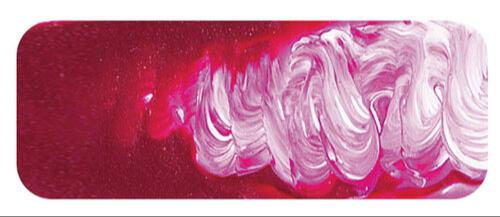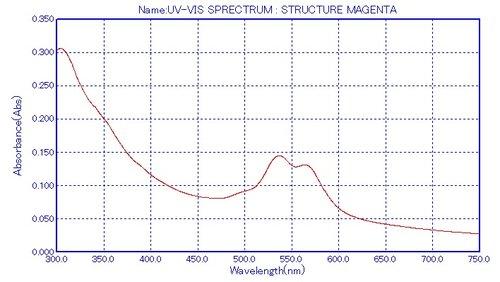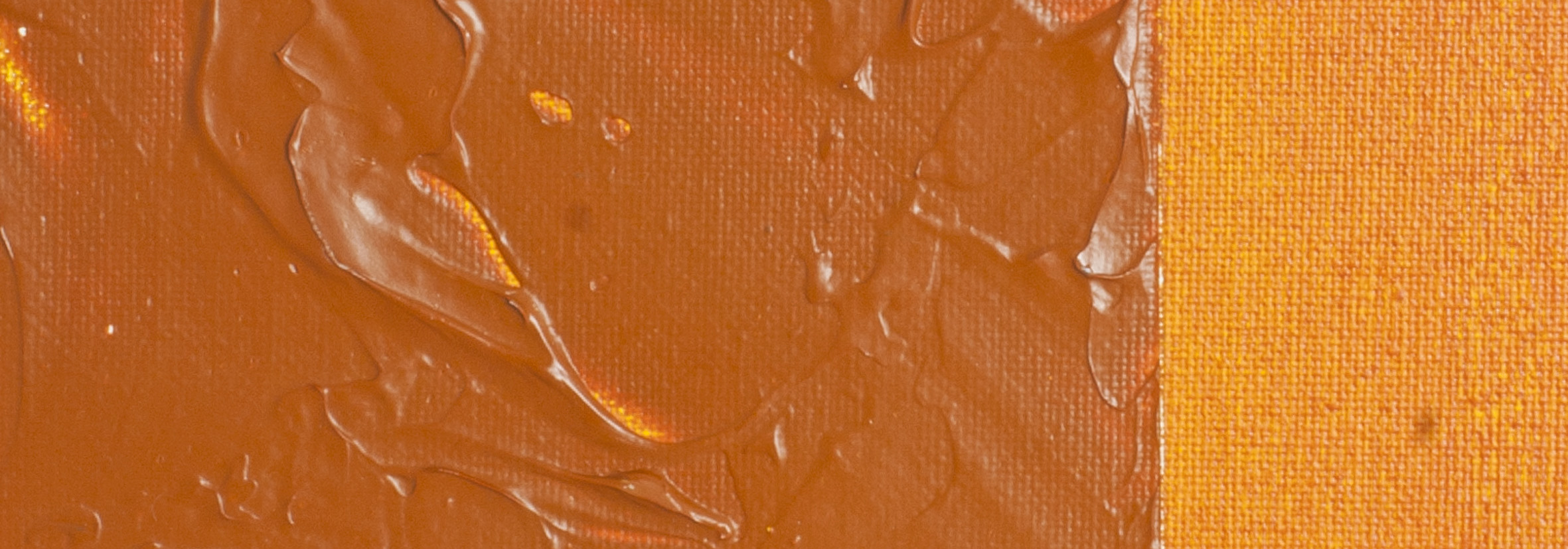Magenta (Quin Violet )| Matisse acrylic paint
Chemical Description: Quinacridone
Pigment Number: PR122
Lightfastness Rating: ASTM I
Pigment Opacity: Transparent
Paint Opacity: Transparent
Series 3

Magenta (Quin Violet ) | Matisse acrylic paint
Fundamentals of Pigment Chemistry
In the Matisse range, Magenta (Quin Violet) stands out among several quinacridone reds, distinguished by its pigment, Pigment Red 122. The uniqueness of this true magenta violet is a result of the fundamental chemistry embedded in the pigment. Synthesized in 1958, the initial alpha form of the molecule proved unstable, leading to disappointment. However, persistent exploration yielded the beta and gamma forms, showcasing stunning violet and red hues, along with exceptional resistance to light, weathering, and chemicals. These forms were registered as Pigment Violet 19 and Pigment Red 122, respectively, opening avenues for further crystalline structures and variations within the quinacridone family.
Evolution of Quinacridones
Over time, chemists harnessed the potential to produce up to 7 different crystalline structures, expanding the quinacridone family. Today, it encompasses gold and dark orange variants, marked by pigment designations like PO48, PO49, PR206, and PR209. Matisse's Magenta (Quin Violet) stands as a pioneer, introduced in 1958, among the first acrylic paints available to artists.
Acrylics: A Medium of Innovation
The advent of acrylics in 1956 marked not just a new artistic medium but an experimental frontier at the intersection of technology and art. Pioneered by avant-garde artists like Jackson Pollock, acrylics offered a canvas for experimentation and new modes of expression. Artists seeking fresh colours found acrylics receptive to innovation, making them a testing ground for new pigments before their integration into traditional media.
Magenta's Artistic Revelation
Magenta (Quin Violet) emerged during the early days of quinacridone pigments, presenting artists with a colour unparalleled in permanence. In a market where similar-looking fugitive colours existed, Magenta (Quin Violet) became a revelation. Its permanence opened doors to unprecedented colour mixing possibilities. Combining seamlessly with blues, it crafted vibrant violets and purples, allowing artists to capture the extraordinary hues seen in bird feathers and butterflies.
Artistic Techniques and Tips
An artistic tip involves experimenting with mixes of Magenta (Quin Violet) with Iridescent White or Matisse Iridescent Medium MM24. When applied over a straight colour, especially black, it creates a shimmery effect that adds depth and allure. Beyond its experimental side, Magenta (Quin Violet) plays a conventional yet crucial role. Blending it with earth colours imparts warm, transparent undertones, elevating otherwise dull passages. Its transparency lends itself to glazing techniques, enabling artists to recreate the vibrant colours of everyday objects, from textiles and toys to cars and wall colours—hues not found in nature but essential for portraying the diverse world of man-made creations.
Safety Data Sheet for Matisse Magenta (SDS)
To view or download a copy of Magenta SDS, please CLICK HERE * (271kb)
*The above link will open an external Dropbox window


To install this Web App in your iPhone/iPad press ![]() and then Add to Home Screen.
and then Add to Home Screen.

